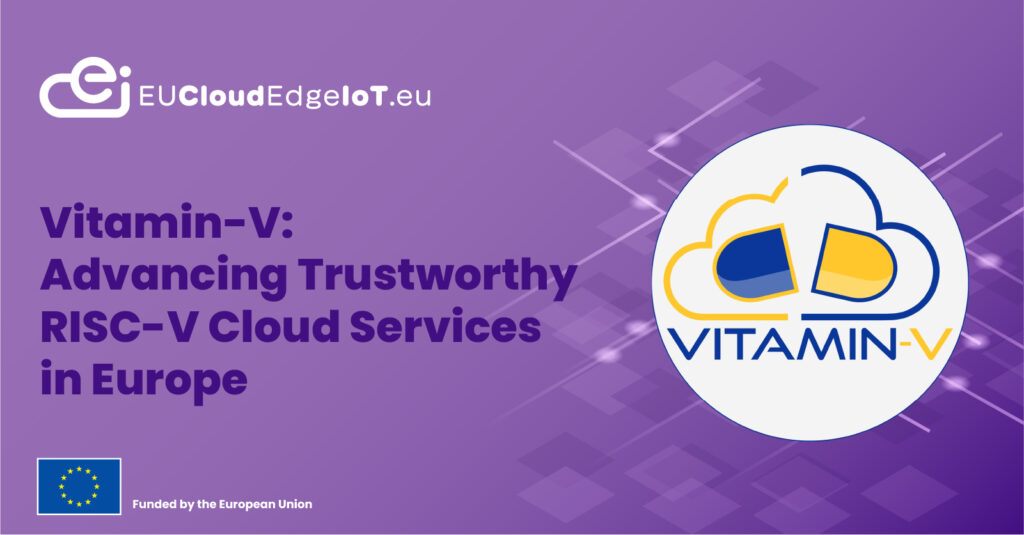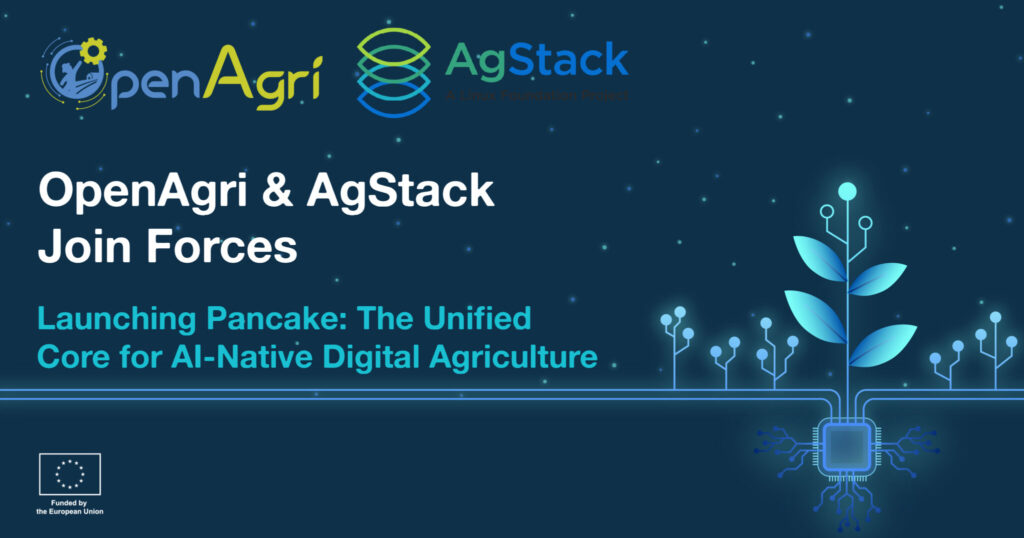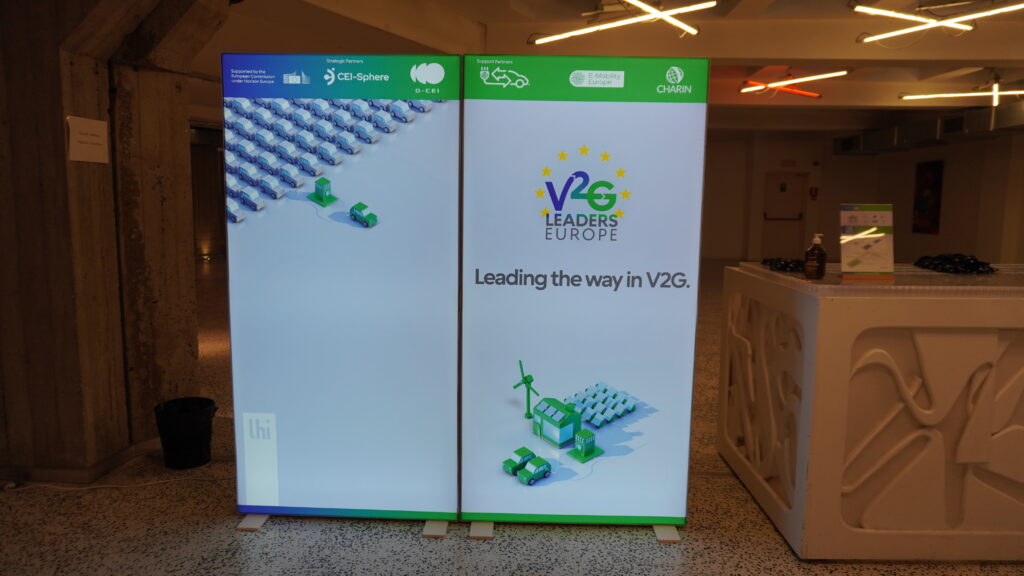On the 26th of March, the “Cognitive Cloud Infrastructure” webinar took place as part of the “EUCloudEdgeIoT.eu RIA Showcase” webinars, organized by the EUCEI initiative. The session, led by Albert Seubers, the Open Continuum Coordinator, and Juncal Alonso, the PIACERE RIA Coordinator, successfully gathered over 50 attendees. This collaborative event was hosted by EUCEI in partnership with PIACERE RIA from the ICT-50 call.
The convergence of artificial intelligence (AI) and cloud infrastructure has ushered in a new era of computing capabilities. In this session, we delved into the novel methods, techniques, and tools that contribute to an advanced European Computing Continuum presented in one of the sessions of the EUCEI RIAs showcase. This paradigm shift including the growing complexity of the computing environments has increased the adoption of AI techniques and agile methodologies to guide the configuration, management and operation of the infrastructural layer. In this dynamic landscape, the synergy between AI and DevOps to maximize the potential of the computing continuum continues to evolve. As we explore the intersection of cognitive capabilities and cloud services, we unlock new possibilities for innovation, agility, and performance. Here are some key aspects to consider:
- Operationalization by default: Methodologies and approaches that ease the configuration and management of the computing infrastructures (i.e. DevOps) are crucial to the complete expansion of cloud computing in different industrial and research domains. In this sense the adaptation of traditional agile methodologies and tools need to be advanced to address existing challenges such as market fragmentation, lack of domain specific tools CPSs, Cloud Continuum, operationalization of AI projects, security concerns.
- Efficiency and Scalability: AI algorithms can optimize resource allocation, enhance workload distribution, and dynamically scale cloud services based on demand. AI-driven decisions lead to efficient resource utilization, enhancing existing technology dependent auto-scaling and down-scaling mechanisms, supporting the dynamic nature of the Cloud Continuum paradigm.
- Predictive Maintenance and self-healing: AI models can be leveraged to detect and predict hardware failures, network bottlenecks, or performance degradation. By proactively addressing issues, downtime is minimized, and service reliability is improved.
- Security and Threat Detection: AI-powered security solutions monitor network traffic, detect anomalies, and identify potential threats. From intrusion detection to anomaly-based behavior analysis, AI enhances cloud security.
- Intelligent resource orchestration: The complex Cloud-Ege-IoT computing continuum needs AI based technologies to adapt continuously and autonomously the continuum and to address domain specific needs such as Holography and Augmented reality.
Key takeaways from the Webinar:
- The webinar addressed critical challenges in the cloud-edge-IoT marketplace with special focus on 1) the application of comprehensive DevOps paradigm on domains that are not currently supported by existing tools, such as Cyber Physical Systems, Artificial Intelligence or IaC based software projects 2) the incorporation of AI techniques to enhance the management and orchestration of computing resources towards the realization of the Cognitive Cloud concept in Europe.
- ICT-40 and ICT-50 projects developed impactful outcomes that have been tested in relevant industrial domains and these experiences were showcased in the webinar.
- The future research challenges were discussed by the projects’ representatives, based on the experience they gained through the execution of the projects, revolving around the following areas of further research:
- Application of Cloud Computing advances in concrete technology domains addressing their specific needs and requirements.
- Complete and efficient integration of AI algorithms in the inner working systems of the devices orchestration.
- Fully automated scalability and transparent access to the devices by the developers.
- More standardization efforts need to be pushed on the Edge side especially.
- Research on the green aspect of the Continuum, with more efficient Data Centers and computing techniques on the edge.
- Addressing the challenges of using upcoming Large Language Models in the systems.
- Security features seamlessly available in the computing continuum.
Impactful Projects Showcased:
The showcased RIAs (Research and Innovation Actions) presented a spectrum of impactful outcomes as informed earlier by HiPEAC.
Click below to access the slides:
- PIACERE: Presented their main outcomes by applying DevSecOps approach to IaC based software projects
- COSMOS: Introduced two OS standards for testing Unmanned Aerial Vehicles and self-Driving cars.
- AI SPRINT: Displayed its two main outcomes, the AI-SPRINT studio and the AI-SPRINT Runtime framework, targeting AI application developers and Operators.
- SERRANO: Introduced the SERRANO platform building a continuum from edge, cloud and HPC resources
- CHARITY: Presented the CHARITY orchestration approach and related tools for XR development to deployment.
Access the Webinar Resources:
For those who missed the live session, the webinar recording and presentation slides are now available. Dive into the insightful presentations by Albert Seubers, Joao Pita Costa, Sebastiano Panichella, Danilo Ardagna,Tarik Zakaria Benmerar, Panagiotis Kokkinos.
Acknowledgments:
Special thanks to Albert Seubers, Joao Pita Costa, Sebastiano Panichella, Danilo Ardagna, Tarik Zakaria Benmerar, Panagiotis Kokkinakos for their exceptional presentations.
Stay tuned for more in-depth coverage and analysis of the EUCloudEdgeIoT RIA Showcase here.




